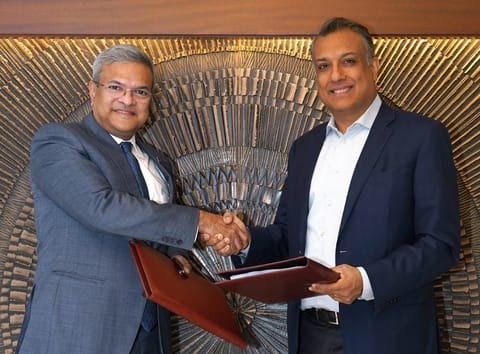Smart Cities blend financing with local planning
Minister of State for Environment, Forest and Climate Change, Kirti Vardhan Singh, has shared India’s vision for sustainable, nature-positive urban development that puts people and planet at the centre on the sidelines of the IUCN World Conservation Congress, 2025 at Abu Dhabi.
Flagship initiatives such as the Smart Cities Mission mainstream energy efficiency, renewable integration, sustainable mobility, and resilient infrastructure, were highlighted by Singh at the Ministerial Panel at the High-Level Dialogue on ‘Transforming our Urban Environment: Pathways to Sustainability’.
Singh briefed the Panel on India’s efforts to foster carbon markets and promote renewable energy generation are a step towards achieving the clarion call of ‘Mission LiFE’ given by Prime Minister Narendra Modi, which serves as a guiding principle for sustainability initiatives across the globe.
The Government’s approach emphasises integrated planning, scalable missions, and citizen-centric behavioural change, he stated.
The Minister informed about the Government providing support to India’s cities through three key pillars, that are:
Enabling frameworks and standards for green buildings, energy codes, and municipal finance;
Financing and risk-sharing being advanced through central grants, targeted viability-gap funding, and ongoing efforts to expand the city’s access to municipal bond markets, including green bonds;
Capacity-building and knowledge systems including training, data platforms, and model projects under Smart Cities, AMRUT, and urban-planning reforms.
Singh pointed out that with the right vision, finance, and citizen engagement, urbanisation can become a powerful driver of low-carbon, inclusive development. India has adopted a holistic approach combining policy support, targeted schemes, and financial incentives.
He talked about some of India’s National programmes such as the Smart Cities Mission, covering 100 cities, blends central funding with local planning to roll out smart street-lighting, rooftop solar, and building-energy management systems — reducing electricity use while improving urban services. Energy-Efficient Building Codes guide cities in ensuring new construction is climate-friendly.
He also elaborated on the Energy Conservation Act, amended in 2022, strengthening energy-efficiency standards for buildings, appliances, and industries, and enables the establishment of a domestic carbon-credit market that rewards cities and businesses for reducing their energy footprint.
The AMRUT programme has enabled municipalities to upgrade to energy-efficient water-supply and pumping systems, lowering both costs and energy demand, he added.
Looking ahead, Singh said, “The role of national governments is to provide stable policy frameworks that support cities in updating their bylaws and development regulations. They must work to expand access to innovative finance and deepen technology partnerships.
“This, in turn, would encourage compact, transit-oriented, and energy-efficient urban growth. With such support, cities can advance faster toward energy-efficient, low-emission, and climate-resilient pathways that benefit their citizens and the planet.
“As the countries of Global South including India are urbanizing rapidly, our goal must be to create cities that are liveable, green, and inclusive — places where aspirations can thrive without losing the human touch.”
The summit was held 9-15 Oct. Fiinews.com










